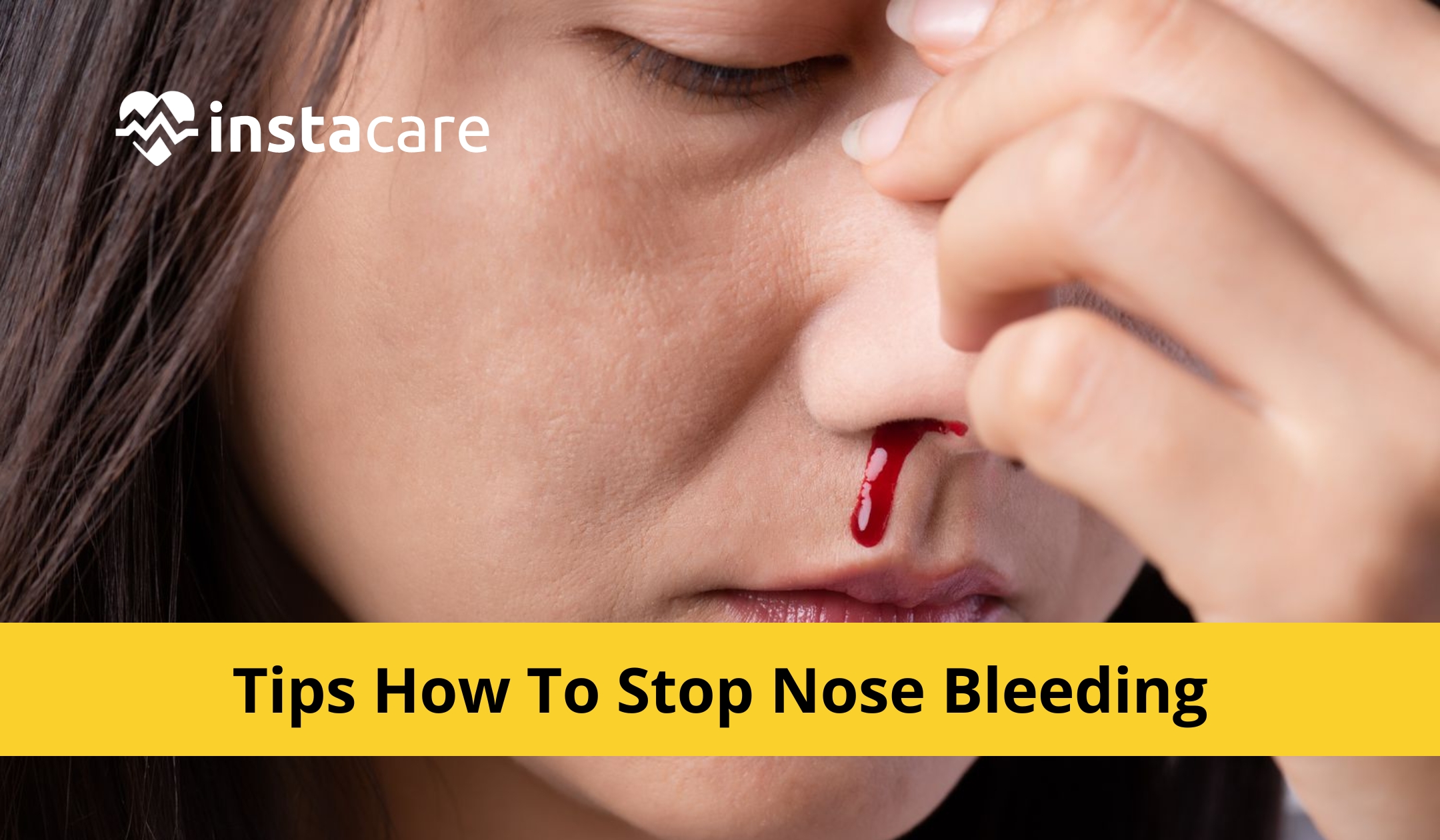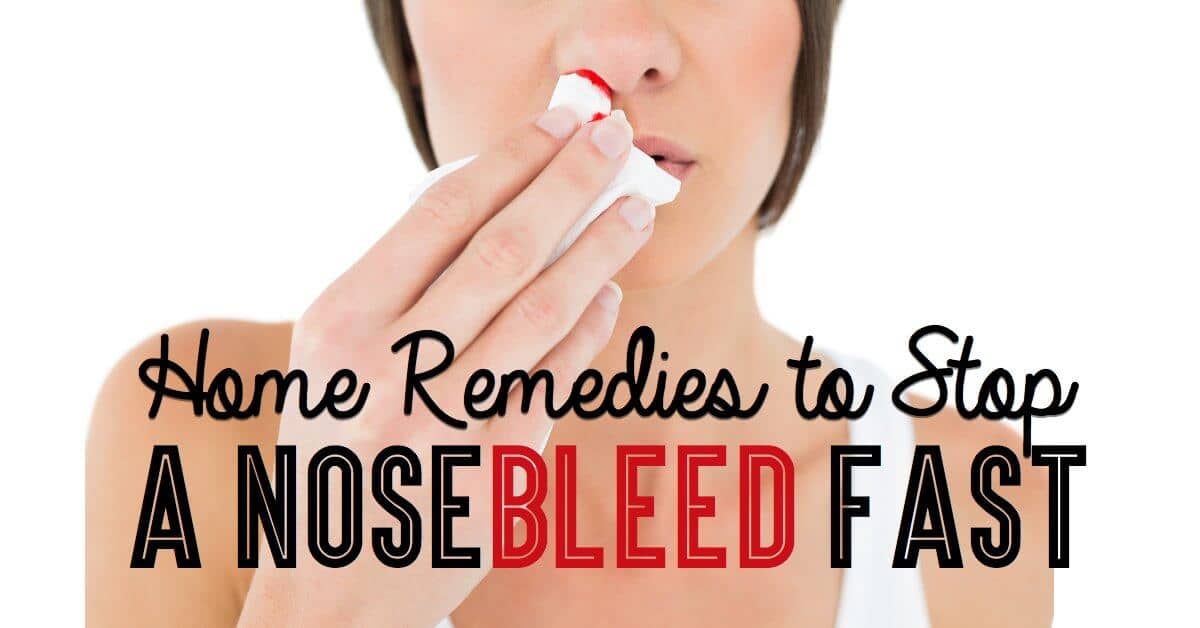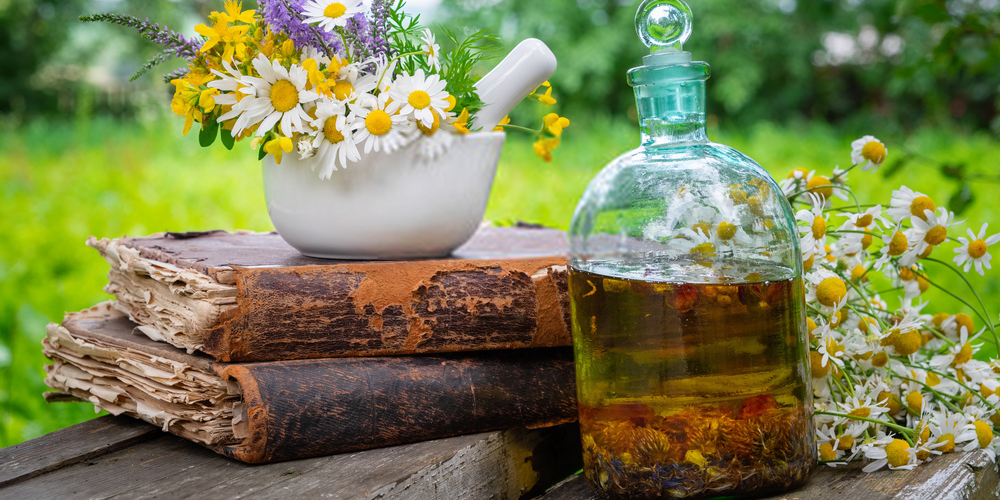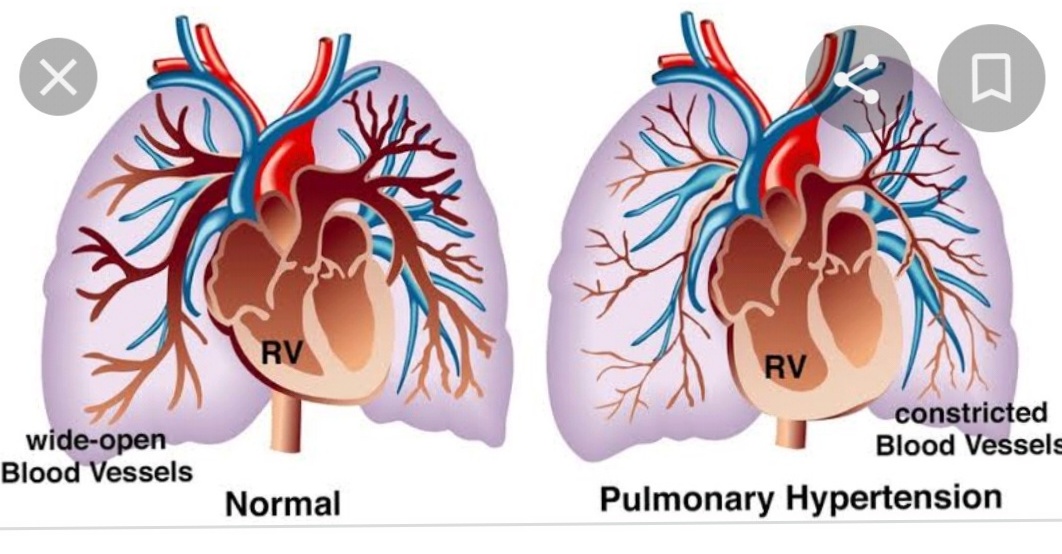How to cure nose bleeding permanently-various-aspects-
Treatment for frequent nosebleeds
Most nosebleeds can be treated at home. If you are unable to stop the bleeding on your own, seek medical assistance.
Bleeding from the nose may be treated at home with:
- Keeping my head up to prevent blood from being swallowed.
- Breathe while pressing your nose by closing both nostrils with your thumb and index finger. Maintain position for 10–15 minutes.

Once the hemorrhage has subsided:
- For the following 12 hours, avoid picking at the clot or blowing your nose.
- For the next few hours, avoid tilting or bending your head below your heart.
- For the next two days, avoid alcohol and hot beverages.
- Stay away from aspirin and ibuprofen. Talk to your doctor if you’re on a prescription blood thinner.
In order to avoid more nosebleeds:
- Use a humidifier to maintain the humidity level in your house or place of business.
- To keep the skin in the nostrils moisturized, use antibiotic cream or petroleum jelly.
- Maintain the moisture of the entire nasal lining by using a saline spray.
- Refrain from blowing hard or picking your nose.
- Don’t smoke.
Treatment for a nosebleed may include:
- Filling the nose with gauze to halt the bleeding
- Nasal spray with medicine
- Cauterization, or burning the bleeding blood vessel with an electric instrument
- Surgery to remove polyps, tumors, or otherwise stop the bleeding
However, you might be wondering, what is the cause of this obnoxious mess?
A nosebleed may occur for a variety of reasons. Dry air is the primary reason. Nasal membranes can become irritated during the winter months by dry household heat and the frigid, dry air outside, resulting in nosebleeds.
Additional causes of nosebleeds can include:
- blowing your nose too hard or picking it
- Colds or allergies
- any nasal injury caused by trauma, such as a fall or blow to the nose
- Blood thinners and other pharmaceutical side effects
- At high elevations where the air is thin
The majority of nosebleeds, known as anterior nosebleeds, take place in the front of the nose, closest to the nostrils. Capillaries, which are tiny blood vessels located just inside the nose close to the skin’s surface, are prone to bursting and bleeding.
Posterior nosebleeds, which happen in the deepest region of the nose, are far less prevalent and usually impact older people. A posterior nosebleed can also occur in people who have high blood pressure or who have suffered trauma to the nose.
How to Stop a Nosebleed
Although nosebleeds are sometimes unavoidable, you may reduce your risk by doing the following:
- Maintaining a hydrated nose. Nosebleeds may result from dry nasal membranes. Before bed, try using a cotton swab to apply a thin layer of petroleum jelly to your nostrils, or use a saline spray to hydrate the inside of your nose many times throughout the day.
- employing a humidifier. Particularly during the winter months, the air in your home might be dry and irritate your nose.
- Quit smoking. The interior of your nose may become irritated and dry as a result of smoking.
- Avoid blowing, rubbing, or picking your nose too much. When picking, long, pointed fingernails have the potential to penetrate the skin within your nose.
- The usage of decongestants for allergies or colds should be restricted. These medications might dry out your nose, resulting in or exacerbating nosebleeds.
If any patient has any ENT -Ear nose throat problems and requires any , consultation ,online consultation ,or surgery in clinic of ENT specialist Doctor Dr Sagar Rajkuwar ,he may TAKE APPOINTMENT BY CLICKING ON THE LINK GIVEN BELOW-
Clinic address of ENT SPECIALIST doctor Dr Sagar Rajkuwar-
Prabha ENT clinic, plot no 345,Saigram colony, opposite Indoline furniture Ambad link road ,Ambad ,1 km from Pathardi phata Nashik ,422010 ,Maharashtra, India-Dr Sagar Rajkuwar (MS-ENT), Cel no- 7387590194 , 9892596635
Home Remedies for Nose Bleeding
Epistaxis is another name for nosebleeds. Some people experience this issue frequently. However, individuals who go through it often find it to be annoying. It is, at the very least, a frightening sign that something is seriously amiss. The sight of blood running down your nose can be startling.
There are a lot of home treatments that can help you with a nosebleed, thankfully. You should also be aware that there are two distinct kinds of nosebleeds. Posterior and anterior nose bleeds are examples.
When the blood vessels in the front of the nose tend to break, an anterior nosebleed occurs. However, a posterior nose bleed occurs when the blood vessels that are a little closer to the throat burst. In this instance, the bleeding might last for as long as 20 minutes.


What should you do to stop a nosebleed?
The procedures for preventing a bleeding nose are as follows:
Keep your composure
Blood from the nose might make you feel nervous. However, there is no need to worry because this is a deadly condition.
Lean forward
Bend forward to reduce the flow of blood. Do not swallow; instead, spit out any blood that enters your mouth.
Keep your back straight.
Avoid lying flat or tilting the head back. Or, you might suffocate from your own blood.
Use a spray
A decongestant can be sprayed into the nose via the bleeding nostril.
Don’t put anything in your nose.
When the nose is bleeding, refrain from inserting anything into it, even tissues. This could exacerbate the hemorrhage.
Make a pinch in the nose
For ten minutes, pinch the bleeding side of the nostril. To prevent constantly opening it to check, keep track of time.
Observe and respond
If the bleeding persists after 10 minutes, apply a nasal spray and pack the area with a cotton ball. Maintain the packing for ten minutes.
Take the blood pressure
Nosebleeds are more likely to occur when blood pressure is high.
Don’t blow
For two days after the nose bleed, refrain from blowing your nose.
Stay away from physical activity
A nose bleed might take as long as two weeks to completely recover from. Refrain from engaging in strenuous tasks like exercise or lifting heavy weights.


Home remedies for nosebleeds
1. Apply a cold compress
Applying a cold compress is the best treatment for nosebleeds. Applying a cool compress to your nose for a few minutes might help constrict the small capillaries that are bleeding. The nose’s interior blood veins will constrict due to the coolness.
2. Squeeze the nose
The most effective method is to squeeze the nose since the pressure it applies to the bleeding site helps to stop the flow of blood right away. Sit up straight with your head somewhat inclined forward. The soft area of your nose should be pinched between your thumb and index finger. Continue in this manner for around five to ten minutes. Be sure to breathe through your mouth. Take a break and let off the pressure. Continue until the bleeding stops.
3. vitamin K and vitamin C
The creation of collagen, which helps to create a moist lining within your nose, depends on foods high in vitamin K, such kale, spinach, mustard greens, broccoli, cabbage, and others. This vitamin supports healthy blood vessel function by preventing them from bursting easily. Consuming a lot of foods high in vitamin K is beneficial for a long-term cure. Blood clotting is aided by green leafy veggies.
Please keep in mind that vitamins C and K are long-acting relievers and do not work right away.
4. Apple cider vinegar
Apple cider vinegar is another remedy. The vinegar’s acid component aids in halting the bleeding by constricting blood vessels. Just place a cotton ball soaked in vinegar into the afflicted nostril for five to ten minutes. Give this treatment a try since it typically works the first time.
5. Saline water
One of the most frequent reasons for nosebleeds is dry nasal membranes throughout the winter. Use saline water to calm and hydrate the nasal membranes in order to address this issue. Add some water and a few drops of saline water to a dish. Add a few drops of this mixture to your nose to hydrate the inner lining of your nasal passages.
6. Chili pepper
Cayenne acts as a cell stimulant and controls blood flow pressure, which means that it relieves the intense pressure from the hemorrhage area. As soon as the bleeding begins, mix a teaspoon of cayenne powder in warm water and drink it to stop the blood right away.
7. Nettle
Since nettle leaf is a natural astringent and hemostatic agent, it is a useful herbal treatment. It helps prevent bleeding from an allergic nose. Make some fresh nettle leaf tea and let it cool. After that, saturate the cotton pad in the mixture and apply it to the nose. Allow it to sit for five to ten minutes, or until the bleeding stops.
8. A lot of water
An insufficient amount of water consumption throughout the day can also dry out the mucous membranes, resulting in nose bleeds. Ensure that you drink plenty of water throughout the day. If you have a nosebleed, try eating a lot of coriander leaves, mango blossoms, and the juice from the soft kernel of a ripe mango seed.
Methods for preventing a nosebleed
The majority of nosebleeds may be treated at home and don’t need medical care. Follow these steps to stop the bleeding the next time you have a nosebleed:
- Keep your cool and take deep breaths via your mouth. Excessive bleeding can result from being anxious.
- Apply pressure to the area of the nose that is bleeding by squeezing your nostrils shut and keeping them closed for five to ten minutes.
- Lower your head. Maintaining a forward posture will prevent blood from leaking into your mouth. If any of it does enter your mouth, spit it out rather than swallowing it. Vomiting may result from having blood in your stomach.
- Maintain your composure. Instead of lying down to prevent blood from entering your mouth or stomach, stand up or sit up straight.
- Use a nasal spray. Into the bleeding nostril, spray a nasal decongestant like Afrin or Zicam. Blood vessels can be momentarily constricted by the nasal spray.
For the first 24 hours after the bleeding has ceased, refrain from blowing your nose. Avoid any activities that might put pressure on the nosebleed and refrain from carrying heavy items.
Seek medical care if the bleeding lasts for more than 20 minutes, is very profuse, or occurs after a fall or other injury to your nose.
Additionally, if you have more than three or four nosebleeds in a week, you should see your doctor to rule out any other potential causes.
In conclusion
You must have realized by now if you have read this blog thus far how important it is to look after oneself. You must exercise extreme caution and attempt several of the treatments mentioned in this list if you have a history of nosebleeds. You may address the issue more quickly in that manner. In addition, small issues can lead to big ones if they are ignored; therefore, it is crucial that you have your doctor on speed dial as well. If you’re not sure which doctor to contact, make an appointment with the best ENT specialist for you.
DISCLAIMER-Some patients go to net and directly take treatment from there which can lead to catastrophic consequences-Then- Many people ask then why to read all this text -the reason is that it helps you to understand the pathology better ,you can cooperate with treatment better ,your treating physician is already busy with his patients and he does not have sufficient time to explain you all the things right from ABCD ,so it is always better to have some knowledge of the disease /disorder you are suffering from.
How to cure nose bleeding permanently for kids
To totally stop nosebleeds in kids, concentrate on treating underlying causes, avoiding nose picking, and moisturizing the nasal passages. Using a humidifier, keeping nails trimmed, and moisturizing the nasal passages with saline spray or ointment may all be helpful. For cauterization or other medical treatments, see a doctor if you experience frequent or severe nosebleeds.


In-Depth Instructions:
1. Hydrate nasal passages:
Saline Spray/Gel: Use over-the-counter saline nasal sprays or gels to maintain the moisture in your nasal passages.
Petroleum Jelly: Use a cotton swab to apply a little coating of petroleum jelly (similar to Vaseline) inside the nostrils, particularly at night.
Humidifier: Use a cool-mist humidifier to increase the humidity in the air, particularly in the child’s room, during the dry winter months.
2. Reduce nose picking:
To avoid injury from scratching or picking the nose, keep children’s nails short.
Describe the significance of not picking your nose and the possibility that it might cause nosebleeds.
3. Examine Root Causes:
Treat the underlying cause with the right medicine or allergy management if nosebleeds are linked to colds or allergies.
Dry Air: To combat the drying impact of indoor heating, use a humidifier, especially throughout the winter.
Drugs: Nosebleeds may be a side effect of certain drugs. If you think this is the cause, speak with a medical professional.
4. When to seek medical advice:
Frequent Nosebleeds: See a physician if you have nosebleeds often, at least a few times a week.
Serious Bleeding: Get medical help right away if the bleeding is severe, lasts a long time, or is accompanied by other symptoms such as dizziness or pale skin.
Underlying Conditions: See a physician for a diagnosis and course of treatment if you believe that the nosebleeds are caused by an underlying medical issue.
5. Medical Interventions:
Cauterization: A doctor may cauterize (seal) a particular blood vessel using a chemical agent (silver nitrate) or heat if it is determined to be the source of the bleeding.
Nasal Packing: Sometimes, a doctor may use gauze or other material to pack the nasal passages in order to stop the bleeding.
6. Other Advice:
Maintain Hydration: Dehydration can increase the likelihood of nosebleeds, so make sure your kid is adequately hydrated.
Avoid Overexertion: After a nosebleed, encourage your youngster to refrain from physical exertion or strenuous activity.



